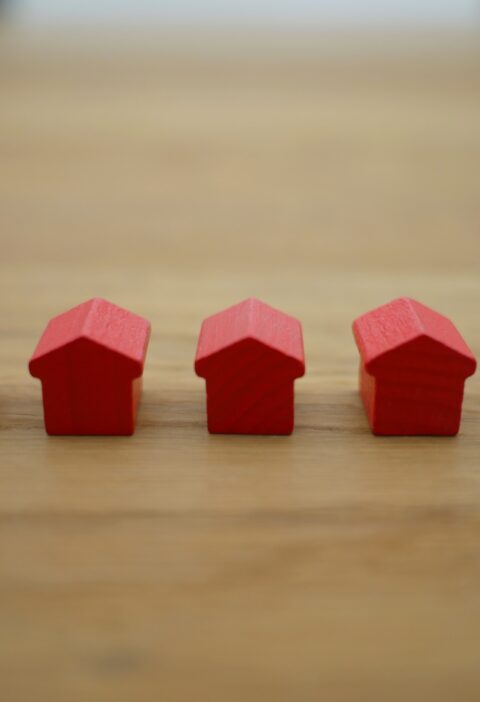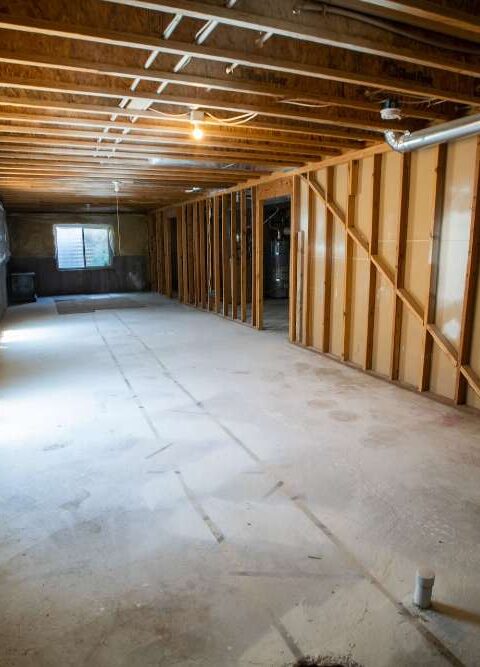Flooding and water damage can significantly impact a home, often causing severe damage to certain types of building materials. Below, we examine four principal types of materials that are highly susceptible to damage.
1. Drywall: Drywall, a common material in residential construction, has a gypsum core encased in paper. It is highly porous and absorbs water rapidly, leading to structural weakness, discoloration, and potential mold growth. After exposure to a substantial amount of water or long-term humidity, replacement is often necessary.
2. Wood: Wood is a traditional building material favored for its durability, aesthetic appeal, and versatility. However, water can be its downfall. Wood absorbs water, causing it to warp, swell, and eventually rot if left untreated. Furthermore, wet wood can become a breeding ground for mold and mildew, posing health risks.
3. Carpeting: Carpets and rugs absorb massive amounts of water and are often the first to be ruined in the event of flooding. The water-soaked fibers can harbor mold and bacteria, leading to unpleasant odors and potential health hazards. In many cases, water-damaged carpets require professional cleaning or replacement.
4. Insulation: Insulation materials, especially those made of fiberglass, cellulose, or foam board, quickly absorb water during flooding. Waterlogged insulation not only loses its thermal resistance (R-value) but also provides a conducive environment for mold growth. In most cases, it is necessary to replace water-damaged insulation.
These are just a few examples of the most commonly used building materials in homes that are vulnerable to water damage. Other materials such as laminated furniture, particle board, and MDF (Medium-Density Fiberboard) also experience significant damage when exposed to water. It is important to act quickly after a flood or water leak to mitigate potential damage and ensure the health and safety of the home’s occupants. Always consult with a professional if in doubt about the extent of the damage or the best course of action for repair and recovery.
When dealing with water-damaged materials, appropriate removal techniques are crucial. The procedure varies depending on the type of material, and professional help may be necessary in some instances.
Starting with drywall, the first step in its removal is to determine the extent of water damage. Typically, if the water level was higher than 2.5 feet, it’s advisable to remove the whole piece. Use a utility knife to cut out the damaged portion or the whole piece, ensuring you avoid any electrical wiring behind it. Always wear protective gear to prevent exposure to mold and other contaminants.
For water-damaged wood, first, try to dry it out naturally with fans and dehumidifiers. If the damage is extensive, the wood may need to be replaced. Remove any rotten sections using a chisel or similar tool and replace them with new wood that matches the existing material.
Waterlogged carpets should be dealt with immediately. Start by extracting as much water as possible using a wet vacuum. If the carpet is severely contaminated, it may need to be removed completely for professional cleaning or replacement. It’s also vital to disinfect the area underneath the carpet to prevent mold growth.
Insulation removal is a bit more complex. Fiberglass insulation that is soaked needs to be removed completely as it loses its insulation properties when wet. Cellulose and foam board insulation may also require removal if they’ve absorbed a significant amount of water. This task can be quite laborious and may require a professional.
Remember, safety is paramount during these tasks. Always cut power to the affected area and use protective gear. If the damage is extensive, it’s usually best to seek professional help. A water damage restoration company has the necessary tools and expertise to safely remove and dispose of damaged materials and to remediate your home effectively.







